209 Blu-ray / Wolfgang Amadeus Mozart: Gran Partita
Description
(…) Immersive recordings this well done give listeners an entirely new perspective on familiar and not so familiar works. The discrete location of the various wind instruments in this recital accomplishes something that standard proscenium recordings just cannot do. Providing the ability to hear the individual voices of the wind instruments is a true revelation as traditional recording techniques, as good as they might be, occasionally lead to smearing of each player’s leading edge. Recording techniques alone would be meaningless if the program were not as superbly realized as it is by this world-class wind ensemble. An audio only Blu-ray disc that is well worth seeking out. (Blu-ray Definition)
5 reviews for 209 Blu-ray / Wolfgang Amadeus Mozart: Gran Partita
You must be logged in to post a review.

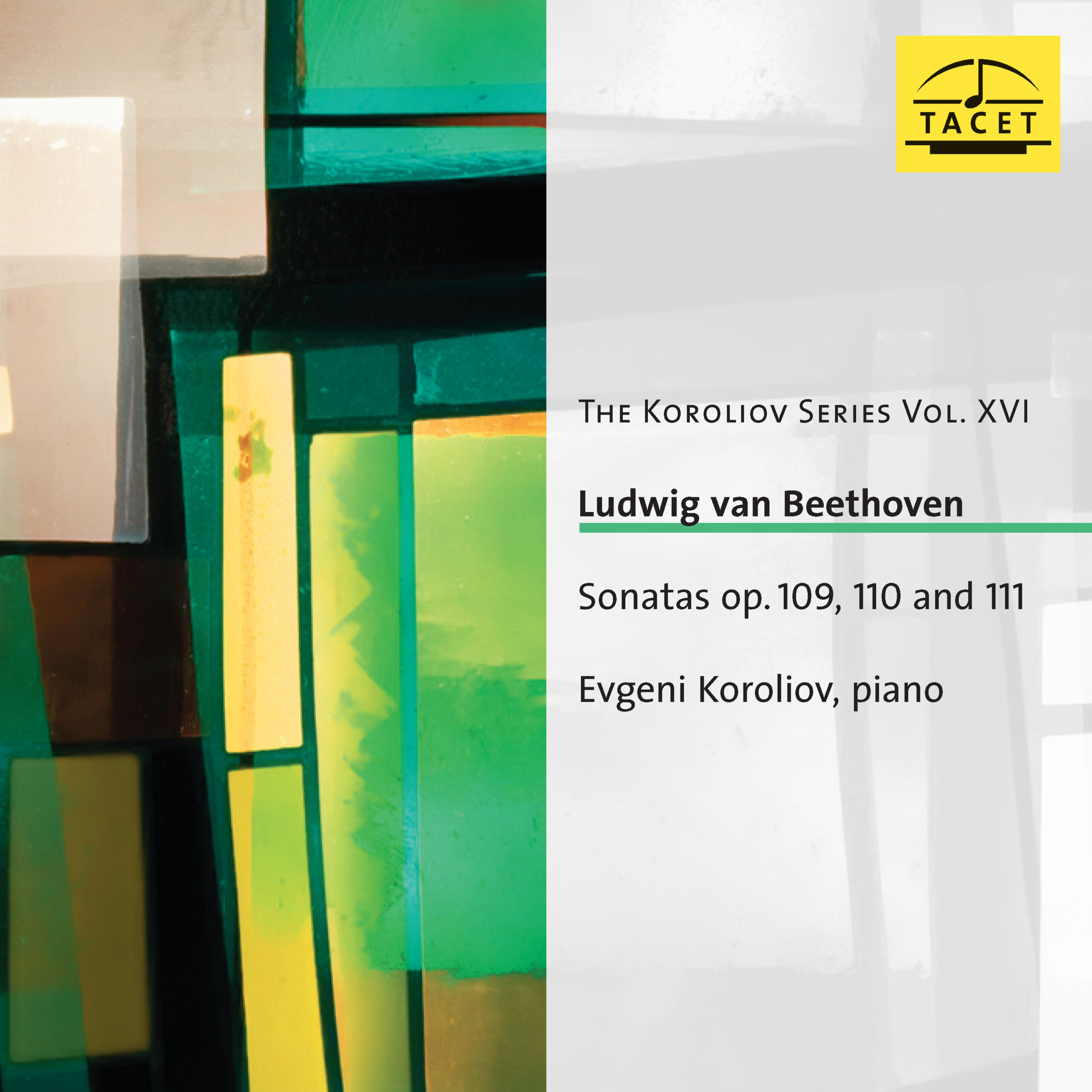
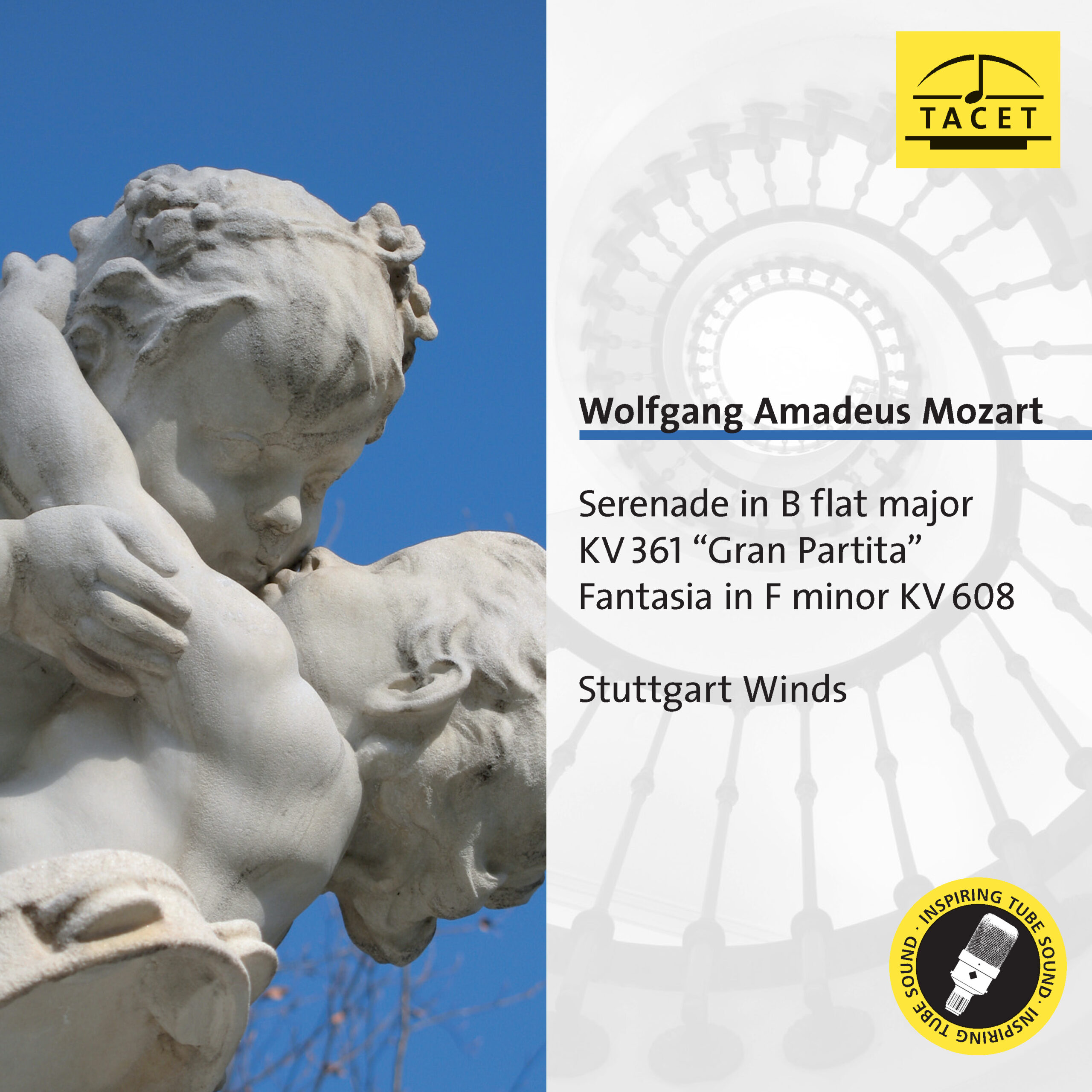
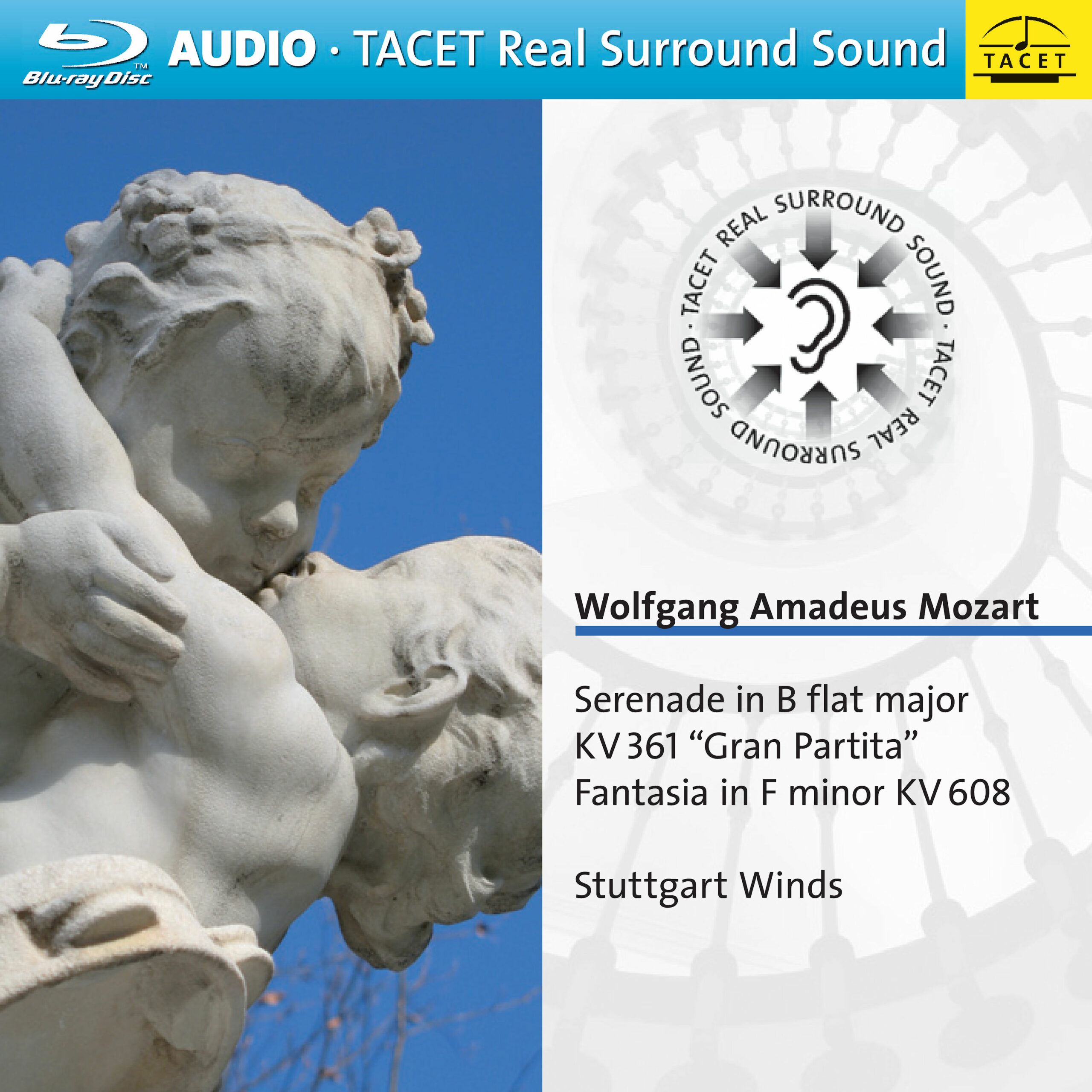
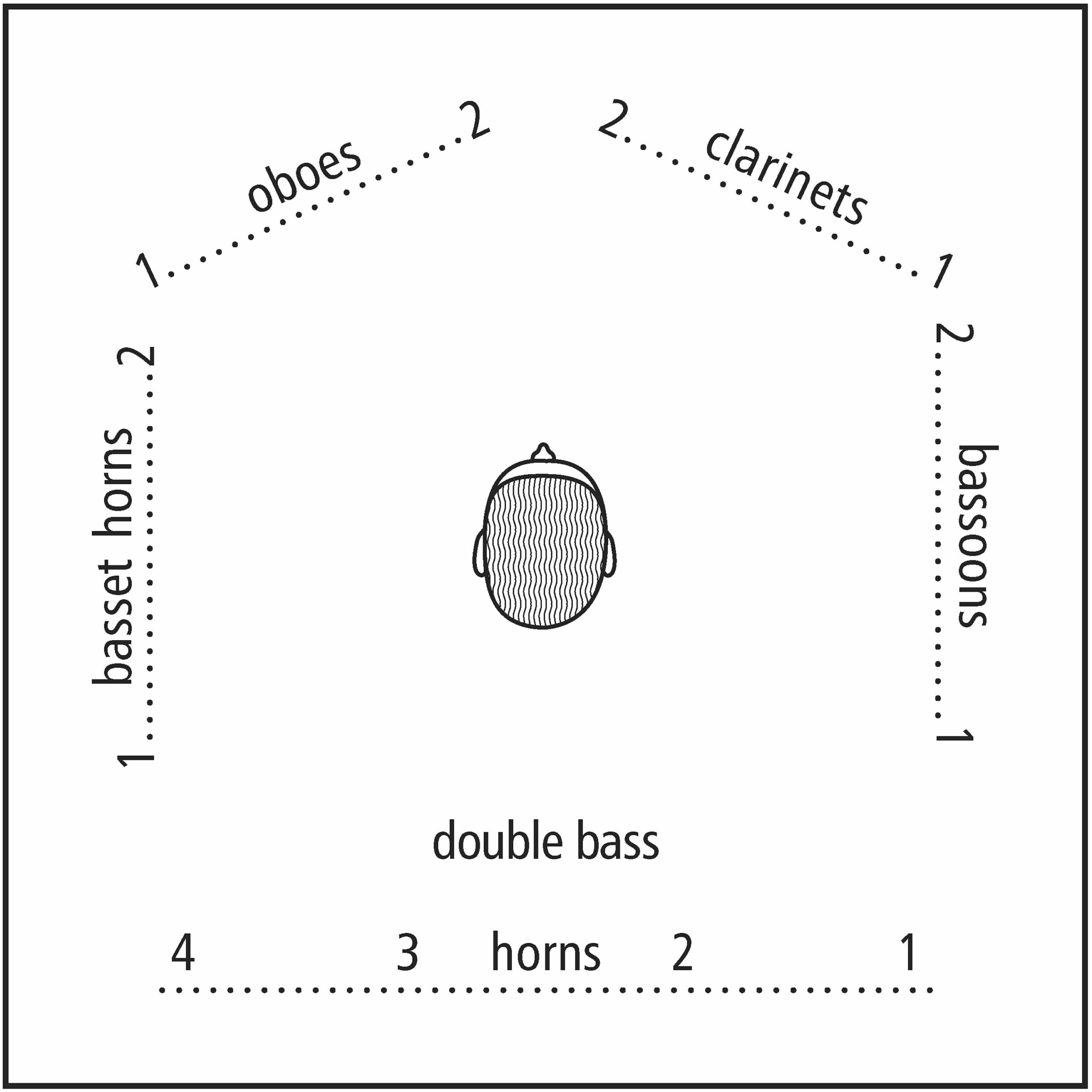
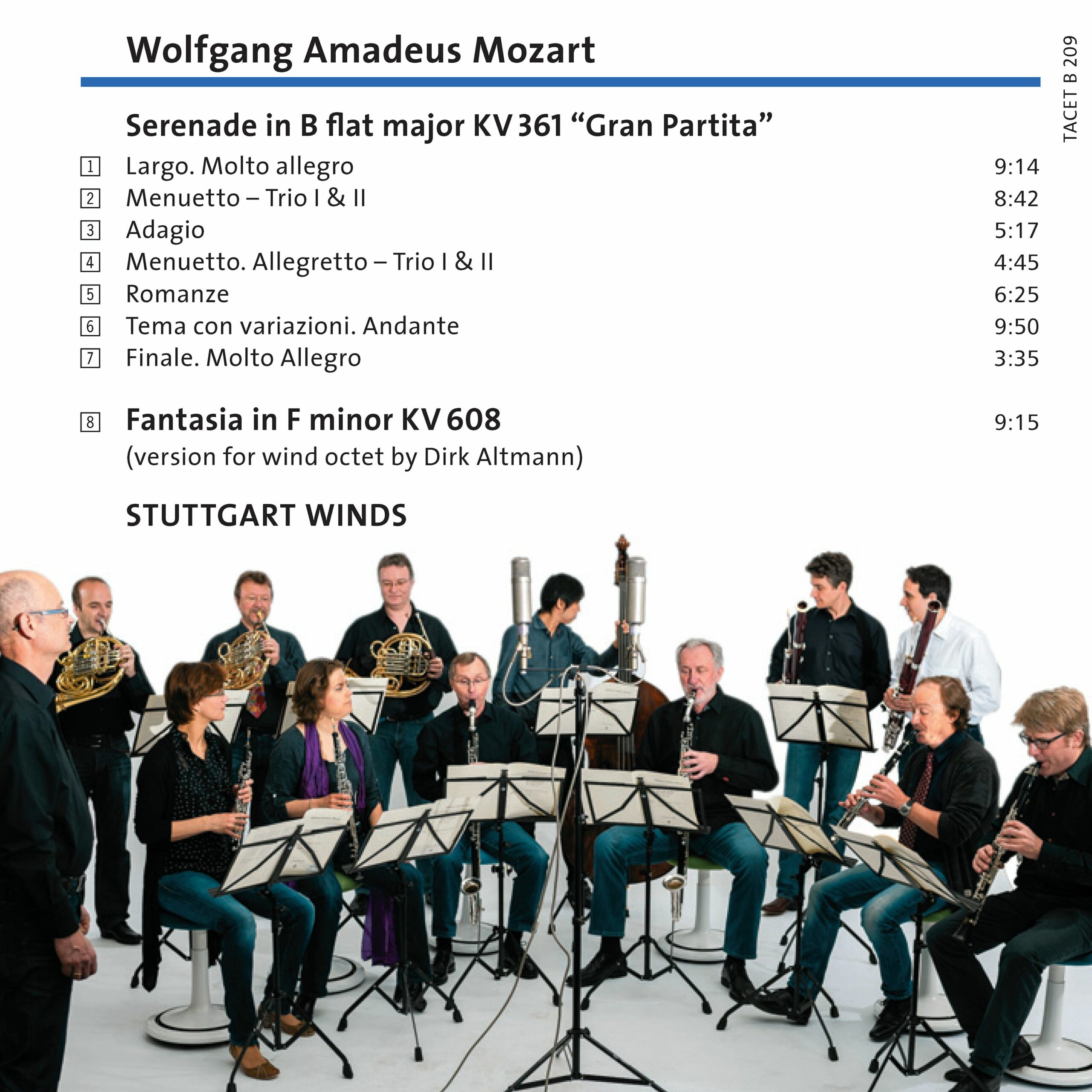
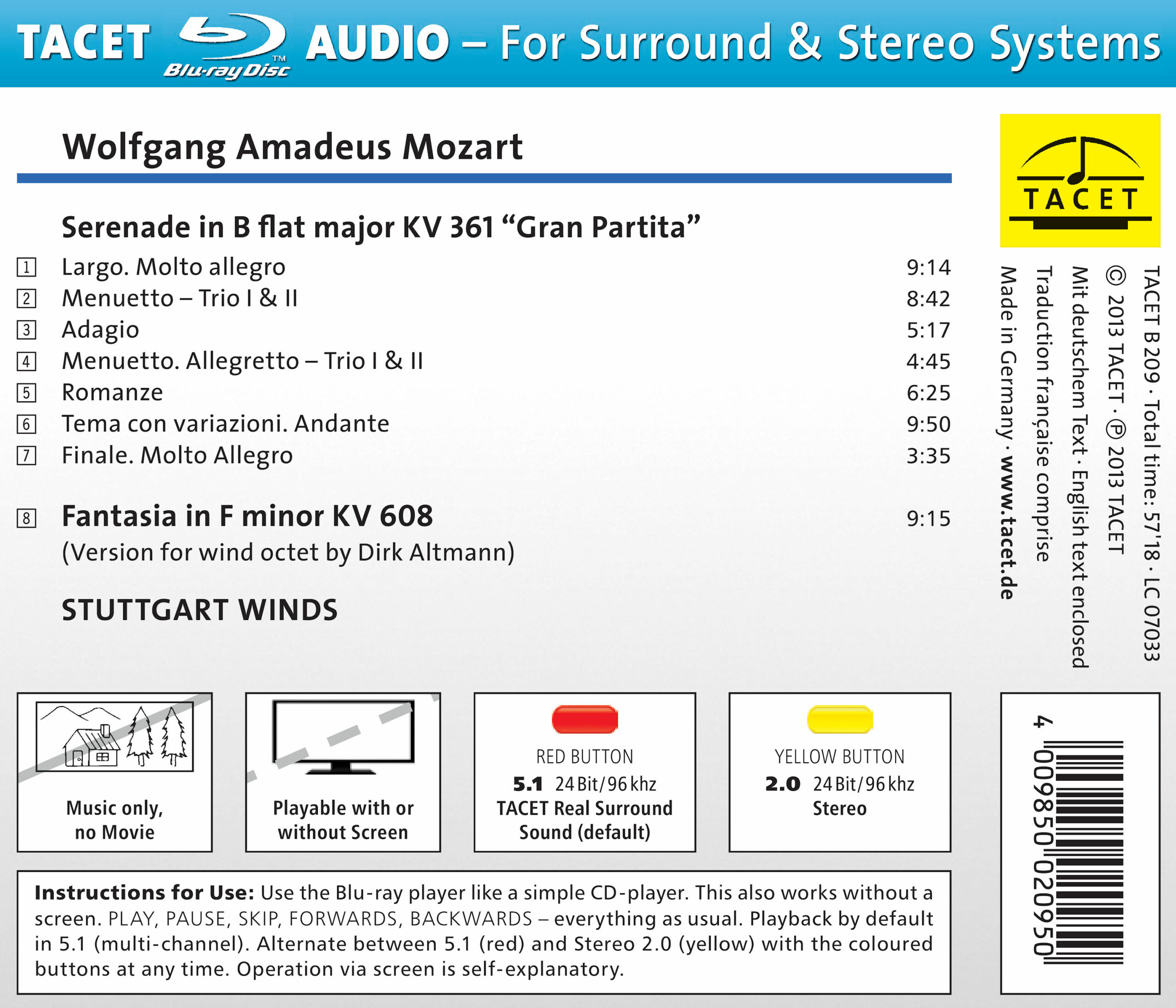
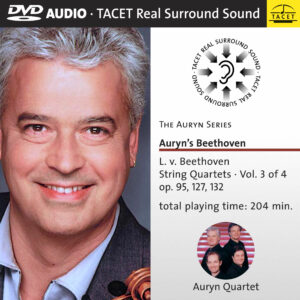

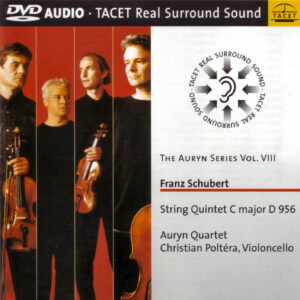
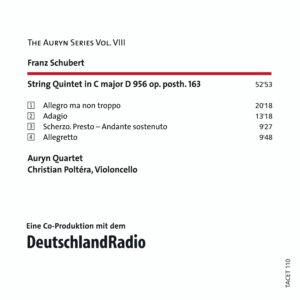
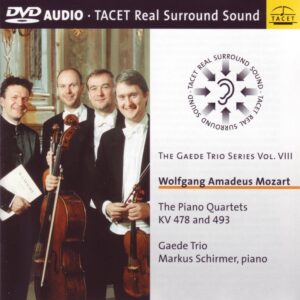
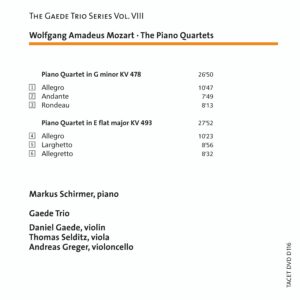
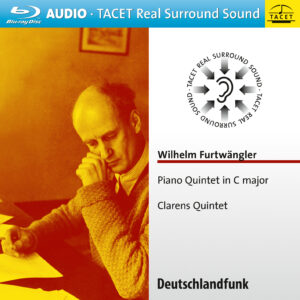
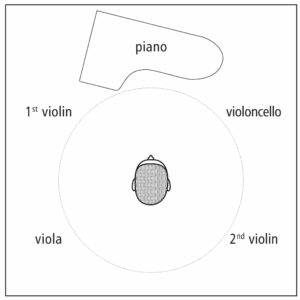
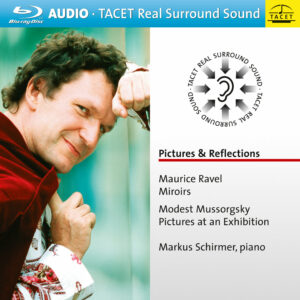
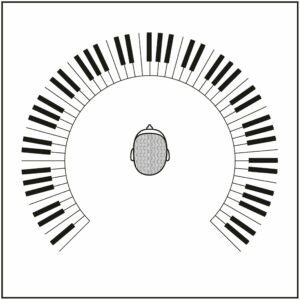
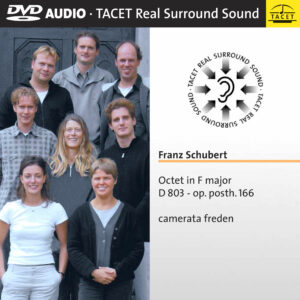

blu-ray definition –
--> original review
(…) Immersive recordings this well done give listeners an entirely new perspective on familiar and not so familiar works. The discrete location of the various wind instruments in this recital accomplishes something that standard proscenium recordings just cannot do. Providing the ability to hear the individual voices of the wind instruments is a true revelation as traditional recording techniques, as good as they might be, occasionally lead to smearing of each player’s leading edge. Recording techniques alone would be meaningless if the program were not as superbly realized as it is by this world-class wind ensemble. An audio only Blu-ray disc that is well worth seeking out.
Lawrence D. Devoe
Fanfare Magazin –
--> original review
This Blu-ray disc comes in surround sound, so I’ll confess that I listened to it using my HD television with its sound bar rather than on my high-end stereo system. It’s a remarkable performance of a favorite work, which I and many others first heard on an old LP conducted by Otto Klemperer. Some readers might also remember the critic B. H. Haggin’s surprise that anything conducted by Klemperer, whom he usually disliked, could be so graceful. Haggin attributed it to the band. Perhaps it is a piece that in professional hands can’t go too wrong. Here everything seems right, including the recorded sound in stereo. There is grace abounding, and beautifully etched phrases and balance among the players, each of whom is profiled in the ample notes. The fetching opening with its prominent clarinet and oboe parts couldn’t be more touching, and the energy of the whole performance is equally appealing. I have a stack of recordings of this work, including those conducted by Mackerras, and others played by groups such as the Sixth Floor Orchestra. I’d recommend this delightful new disc, though, to anyone, especially to those with surround sound systems.
© 2014 Fanfare
Michael Ullmann
sa-cd.net –
--> original review
Published here by kind permission of sa-cd.net and Graham Williams.
Mozarts Serenade in B-Dur KV 361 „Gran Partita“ ist die prächtigste und opulenteste seiner Bläser-Serenaden und ist zu Recht zu einem seiner beliebtesten Werke geworden – nicht zuletzt wegen ihrer Verwendung im Film „Amadeus“ von Milos Forman aus dem Jahr 1984 -, wie die unzähligen auf CD verfügbaren Aufnahmen belegen. Diese wunderbare neue Blu-ray-Audioversion des TACET-Labels ermöglicht es dem Hörer jedoch, dieses Meisterwerk in audiophiler Klangqualität (24Bit/96kHz) sowohl in Stereo als auch im charakteristischen 5.1-‚Real Surround Sound‘ von TACET zu erleben – einer Aufnahmetechnik, die den Hörer auf einzigartige Weise ins Zentrum der Aufführung versetzt, was im Konzertsaal nicht möglich ist.
The Stuttgart Winds are all members of the versatile Stuttgart Radio Symphony Orchestra, a body who have worked over the years with a variety of conductors, but most notably with Sir Roger Norrington, their music director from 1998 - 2011. Norrington's influence in bringing historical performance practice to modern instruments is also acknowledged by these musicians, and is evident in the dance-like quality of the playing combined with crisp articulation and elegant phrasing.
The booklet notes accompanying this release include perceptive remarks by some of the players of the Stuttgart Winds regarding the scoring of the serenade and noting that it is not easy for the oboe always to penetrate the dense middle texture provided by the clarinets, basset horns and four horns.
This is not a problem for those listening to the multi-channel mix as the diagram of the player's seating makes clear - oboes and clarinets respectively front left and right, basset horns side left, bassoons side right and the double bass and four horns behind the listener.
Another performance advantage of sitting in a circular arrangement is that the players can look directly at each other and, thanks to eye contact, interact in a way not possible when, as in normal concert arrangement, some are sitting behind others. The unanimity of purpose and achievement of subtle nuances in the beguiling playing are self evident in this performance. I know of no more involving or rewarding account of this work amongst those I have heard over many years and recommend it unreservedly.
Das andere Stück auf dieser Scheibe ist eine Bearbeitung für Bläseroktett von Dirk Altman, dem Soloklarinettisten der Stuttgart Winds, von Mozarts ‚Fantasie in f-Moll KV 608‘. Dieses Werk, eine der letzten Kompositionen Mozarts, wurde ursprünglich für eine mechanische Orgeluhr geschrieben, ist jedoch in vielen Bearbeitungen/Kombinationen erhalten geblieben, darunter für Klavier (2 und 4 Hände), Kammerorchester und natürlich Orgel. Altmans Bläserversion (die anscheinend auch einen Part für den Kontrabass enthält) ermöglicht es, Mozarts fugales Schreiben und kontrapunktische Feinheiten vollständig zu schätzen.
The disc is sensibly packaged in a normal CD jewel case, but clearly marked as a Blu-ray audio. The listener can switch between 2-channel stereo or 5.1 surround (default) at the touch of a button (yellow or red ) on the player's remote control and the use of a TV screen is entirely optional.
Sit back and enjoy a revelatory listening experience – one not to be missed!
Copyright © 2013 Graham Williams und SA-CD.net
Audiophile Audition –
--> original review
Magnificent performance and real surround in hi-res on Blu-ray
I had an original 1963 London vinyl of this with the London Wind Soloists directed by Jack Brymer and thought, well, this multichannel Blu-ray is going to easily win out over the LP with ist super hi-res sonics and the 13 players of the Stuttgart Winds spaced out in a circle around the listener, but it won’t equal the terrific performance the London musicians gave this important, lengthy (44 minutes) and often almost symphonic wind serenade. Well I was wrong, it also beats them in the performance area. Perhaps it’s also due to the absolutely perfect tonal characteristics of the digital Blu-ray compared to the small amount of flutter and wow existent in almost any turntable. Clarinets are especially known for sounding bad if the speed and pacing are not perfect.
Mozart was an absolute master at achieving gorgeous tone color in his music, and this Serenade for 13 Winds is brilliantly colorful. Nikolaus Harnoncourt, viewed the work as really an opera for 13 instruments. Another conductor, Roger Norrington, worked with most of these performers in the SWR Radio Symphony Orchestra, where they are also members. They are all superb. The winds are mostly doubled, and the clarinets get to shine. They were fairly new to music and Mozart use of them captivated his listeners at the time. There are plenty of contrasts of large and full sounds with solo and more chamber-music sections, as well as contrasts in dynamics. There are also variations of the slow and the fast and sprightly, such as between the penultimate (and longest) of the seven movements: the Andante, and the closing cheerful Rondo.
Es gibt auch ein feines „Füllstück“ auf der Scheibe: die spätere Fantasie in f-Moll, die von Dirk Altmann für Bläseroktett arrangiert wurde, aber die klingt fast wie ein ernsthafterer Schlusssatz für die Gran Partita – nicht so sorglos und angenehm wie das Hauptwerk.
I’ve discovered that at least on the Oppo deck, it sometimes takes pushing the Play button more than once or twice to start up the audio-only Blu-ray without a screen display. However, once playing you have a terrific lossless audio that is just about as good as multichannel SACD. Tacet has programmed their Blu-rays so that hitting the yellow button on your remote brings up the stereo layer and hitting the red button brings up the 96/24 5.0 layer. (Comparison of the two with labels that offer both, such as 2L, is not necessarily definite because some of us use the analog six-channel outputs for SACD and the Toslink optical output for Blu-rays, which is a different thing. Some also may convert the DSD to PCM or use the HDMI audio return, so these all can affect the sonic comparisons.)
The layout of the players for Tacet’s Real Surround Sound upsets some listeners, but I love it. For this Gran Partita it works perfectly; audio engineer Andreas Spreer has the 13 players in a rough circle with the mice in the middle facing them. The oboes are front left, the clarinets front right, the basset horns on the left and the bassoons on the right. Across the back and behind the double bass are the four French horns, which add an exciting touch in some passages, certainly different from the usual concert situation but great fun all around. And it doesn’t matter if your center channel or surround speakers are not quite the quality of your front left and right speakers. On this disc, as on most classical music SACDs, the .1 channel is not used.
John Sunier
Sächsische Zeitung Dresden –
Right in the middle there instead of just
How can music be brought even closer to listeners? TACET is the German record company that most persistently experiments with all kinds of sound discs. In addition to stereo media CD and LP, the audiophile label offers SACD, DVD-Audio, and Blu-ray Audio with multichannel surround recordings. The Blu-ray is used on the home theater system and allows a choice between two-channel and six-channel versions. It has space for about two and a half hours of music. The screen shows only the tracklist, so it can remain dark. However, the music fills the room in an unprecedented way. Following Mozart with the wind serenade known as "Gran Partita" and Ravel including Bolero, Pavane, and Tzigane, TACET now presents the multi-award-winning cycle of Haydn's string quartets. The latest release includes the six masterpieces of Opus 76, including the so-called Emperor Quartet: The listener sits between the instruments, with the violins in front, viola and cello behind. Unless, of course, the listener turns around. Here, the customer is literally an emperor.
Jens Sommerschuh